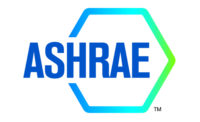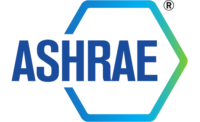The magnitude of risk from aerosolized pathogens has become increasingly obvious, especially during the COVID crisis. These risks are particularly elevated in enclosed buildings.
Public-health officials, policymakers, building owners, designers, and members of the public all need accurate, reliable guidance for appropriate ways to mitigate the risk from these pathogens. Available risk mitigation strategies include pharmaceutical interventions, nonengineering controls, and engineering controls. Given the concurrent climate crisis, the optimal mitigation bundle of interventions must achieve the highest possible risk reduction with the lowest possible resultant emissions.
Why ASHRAE Takes Positions on Infectious Aerosols
ASHRAE consensus standards and design guides provide the technical foundation for international building practices and energy codes that balance the need for energy efficiency with the need to keep the indoor environment healthy and comfortable for occupants. The design, installation, and operation of buildings’ mechanical systems can improve—or impede—the buildings’ ability to mitigate risk from infectious aerosols.
Consequently, ASHRAE’s positions, standards, and design guidance can help avoid health risks associated with infectious aerosols.
ASHRAE Takes the Positions That:
- Exposure to infectious aerosols is an important factor in the transmission of infections in indoor environments between a source and a susceptible individual.
- Engineering controls demonstrated to reduce the risk of exposure to infectious aerosols include dilution with outdoor air provided by mechanical or natural ventilation, filtration of indoor air, indoor airflow patterns, and disinfection by germicidal ultraviolet light and other technologies proven to be effective and safe.
- Strategies using engineering controls for managing the risk from infectious aerosols should focus on reducing exposure to infectious aerosols in the breathing zone.
- Effective design, installation, maintenance, and operation of ventilation controls are critical to achieving needed risk mitigation.
- Existing evidence for the effects of temperature and humidity on infection risk does not justify changes to ventilation and IAQ standards, regulations, and guidelines at this time.
- The effectiveness of any one risk mitigation strategy depends on many factors. Using multiple risk mitigation strategies will usually be more effective than reliance on any single strategy.
- Risk mitigation measures should be adaptable to levels of risk in a particular space.
- Combinations of engineering controls and non-engineering controls can be optimized for effectiveness, cost, and energy use.
To read the position document in its entirety, click here.




